The other day, I was ripping down some plywood to use as spacers for a maintenance project. The measurements didn't have to be precise, so I wasn't really focusing on accuracy. I happened to notice when setting up the saw the two screws on the rip fence had worked loose.
Without really thinking or checking the fence for parallel, I just grabbed my allen wrench and screwed them down tight. I noticed during the cuts, that the workpiece was difficult to push through the end of the fence, pinching off if you will.
A few nights later, I decided to check the alignment of the rip fence, the miter table, the blade, and the miter slots.
The miter table "zero stop" tab needed adjusted, and fixed that. The table runs at 90* to the blade according to my square.
The stop for the blade angle at 90* needed adjusted, so I corrected that.
The miter slot table needed a slight adjustment. (Side story, I was trying to attach a pair of vice grips on the nut securing the miter slot table, and didn't pay attention closely enough and when I stood up, I raked my cheek across the end of the SMT....Ouch. Nice little gash in my face!). Using a caliper, I got that to within .005 inches of square which was good enough for me. Especially since I have yet to use it for anything.
Now the rip fence. I got it parallel, to within .002-.005" of the blade. My question is this: do you set your fence to be a little wider at the rear of the blade than at the front of the blade to reduce the binding of the workpiece? Or do you get it to as close to parallel as possible?
I haven't had the opportunity to run anything through yet to see how it feels when ripping, but I was curious as to the forum member's opinions.
Thanks!
Without really thinking or checking the fence for parallel, I just grabbed my allen wrench and screwed them down tight. I noticed during the cuts, that the workpiece was difficult to push through the end of the fence, pinching off if you will.
A few nights later, I decided to check the alignment of the rip fence, the miter table, the blade, and the miter slots.
The miter table "zero stop" tab needed adjusted, and fixed that. The table runs at 90* to the blade according to my square.
The stop for the blade angle at 90* needed adjusted, so I corrected that.
The miter slot table needed a slight adjustment. (Side story, I was trying to attach a pair of vice grips on the nut securing the miter slot table, and didn't pay attention closely enough and when I stood up, I raked my cheek across the end of the SMT....Ouch. Nice little gash in my face!). Using a caliper, I got that to within .005 inches of square which was good enough for me. Especially since I have yet to use it for anything.
Now the rip fence. I got it parallel, to within .002-.005" of the blade. My question is this: do you set your fence to be a little wider at the rear of the blade than at the front of the blade to reduce the binding of the workpiece? Or do you get it to as close to parallel as possible?
I haven't had the opportunity to run anything through yet to see how it feels when ripping, but I was curious as to the forum member's opinions.
Thanks!


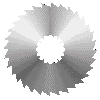

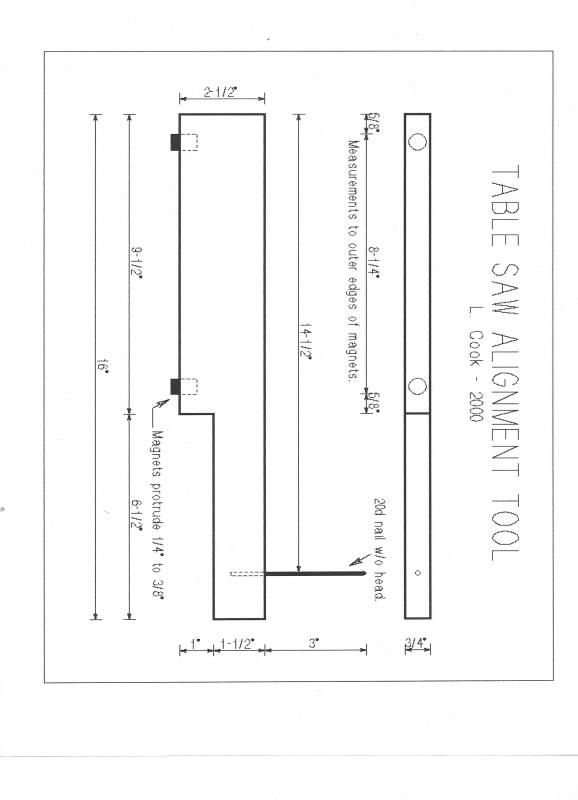
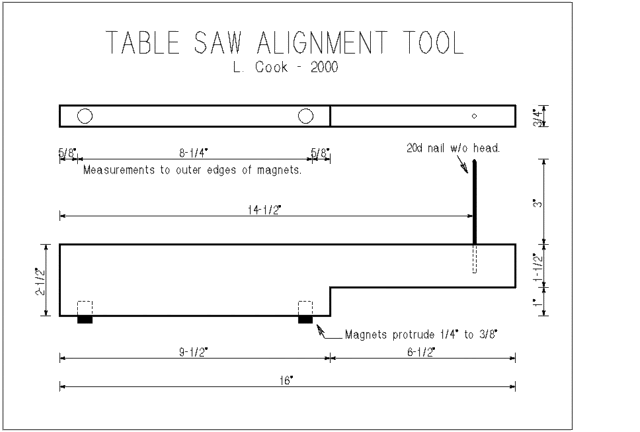
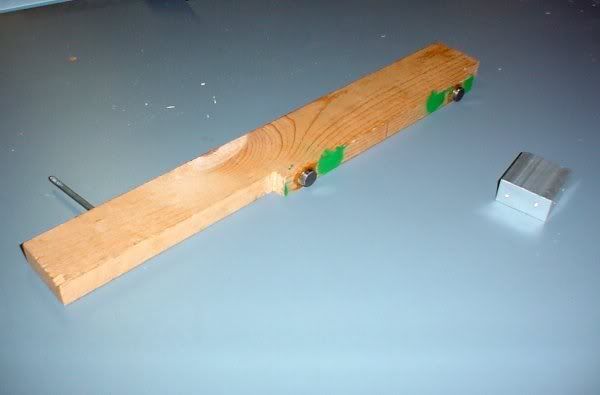
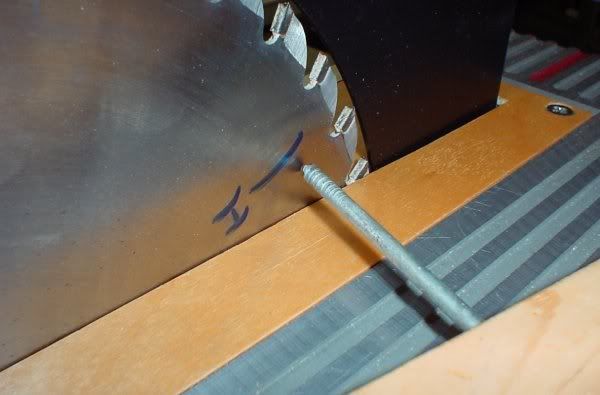
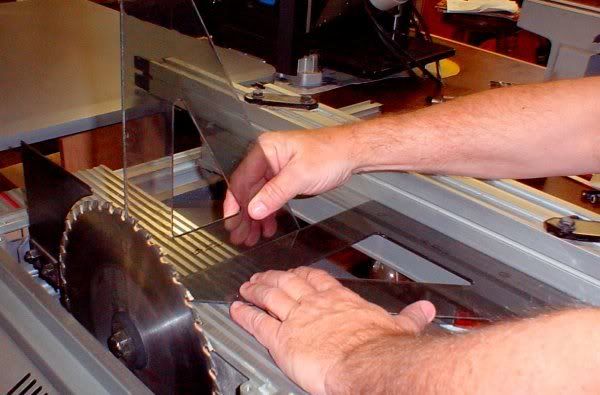
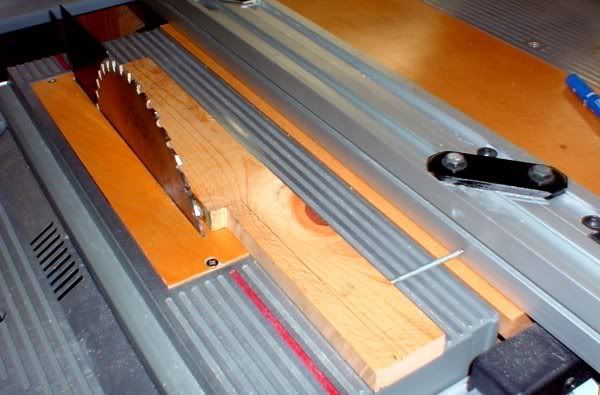

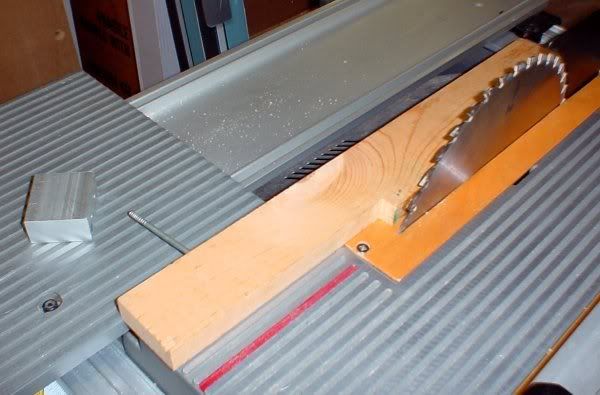


Comment